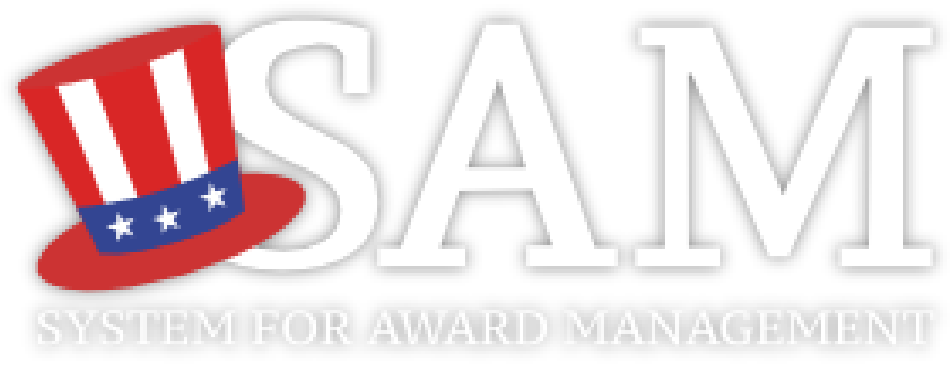Slip and Fall
Potential Hazard
Employee exposure to wet floors or spills and clutter that can lead to slips/trips/falls and other possible injuries.
Possible Solutions
- Keep floors clean and dry [29 CFR 1910.22(a)(2)]. In addition to being a slip hazard, continually wet surfaces promote the growth of mold, fungi, and bacteria, that can cause infections.
- Provide warning signs for wet floor areas [29 CFR 1910.145(c)(2)].
- Where wet processes are used, maintain drainage and provide false floors, platforms, mats, or other dry standing places where practicable, or provide appropriate waterproof footgear [29 CFR 1910.141(a)(3)(ii)].
- Walking/Working Surfaces Standard requires [29 CFR 1910.22(a)(1)]: Keep all places of employment clean and orderly and in a sanitary condition.
- Keep aisles and passageways clear and in good repair, with no obstruction across or in aisles that could create a hazard [29 CFR 1910.22(b)(1)]. Provide floor plugs for equipment, so power cords need not run across pathways.
- Keep exits free from obstruction. Access to exits must remain clear of obstructions at all times [29 CFR 1910.36(b)(4)].
CONTRACT CLEANERS SUPPLY: HOW WE CAN HELP FIGHT IT
GOOD WORK PRACTICES
- Ensure spills are reported and cleaned up immediately.
- Use no-skid waxes and surfaces coated with grit to create non-slip surfaces in slippery areas such as toilet and shower areas.
- Use waterproof footgear to decrease slip/fall hazards.






